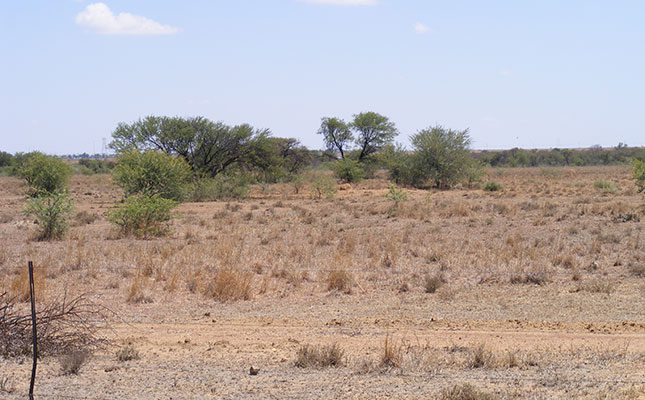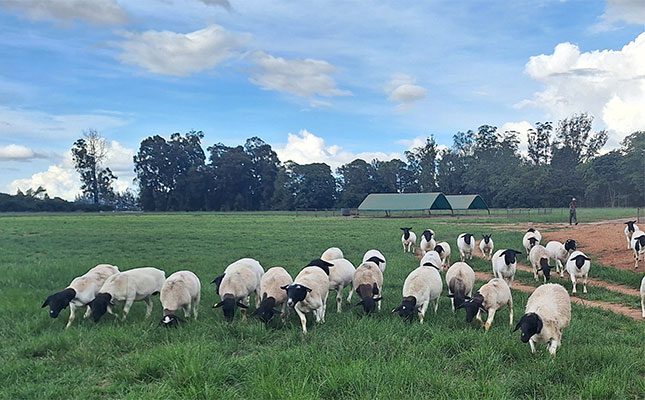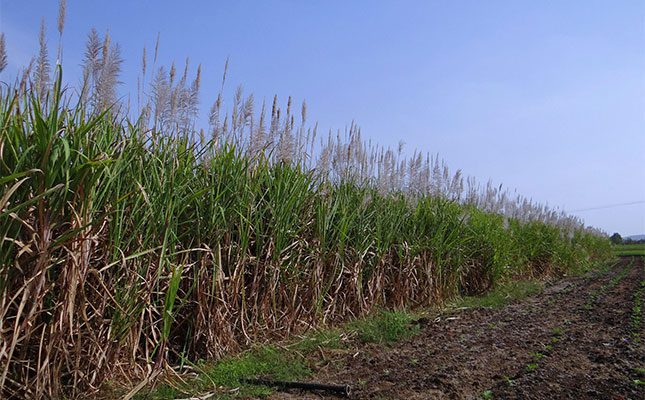
Photo: FW Archive
Bulawayo24 News reported that the agriculture, forestry, and fishing sector contracted by a steep 18,12%, mainly due to the El Niño-induced drought in 2024. Its contribution to GDP dropped sharply to 8,7% in 2024, down from 11,5% in the previous year.
The manufacturing sector topped the list of sectoral contributors to GDP, accounting for 15,6%, a slight increase from 15,3% in 2023.
The mining and quarrying sector showed the highest growth rate of 12,9%, contributing 14,3% to the economy. The wholesale and retail trade sector came in third, contributing 11,8% following a 2,6% growth rate.
The modest growth in GDP came amid ongoing efforts by the government to stabilise the macroeconomic environment, support value-added industries, and improve export competitiveness. However, the impact of climate change on agriculture and challenges in infrastructure and energy supply continued to pose risks to sustained growth.
According a report issued by the World Bank in April 2025, Zimbabwe’s decline in economic growth in 2024 was primarily driven by the El Niño-induced drought.
“The drought led to steep decline in agricultural output and rising food prices, while hydroelectric power shortages constrained manufacturing. A recovery of 6% growth is expected in 2025, driven by agricultural recovery, investments in mining and steel production, and moderated inflation,” the report read.
The African Development Bank stated in its Country Focus Report (2 July 2025) that poverty remained widespread in Zimbabwe, with an estimated 57% of the population living below the poverty line in 2024. Unemployment stood at 21,8% in 2024.













